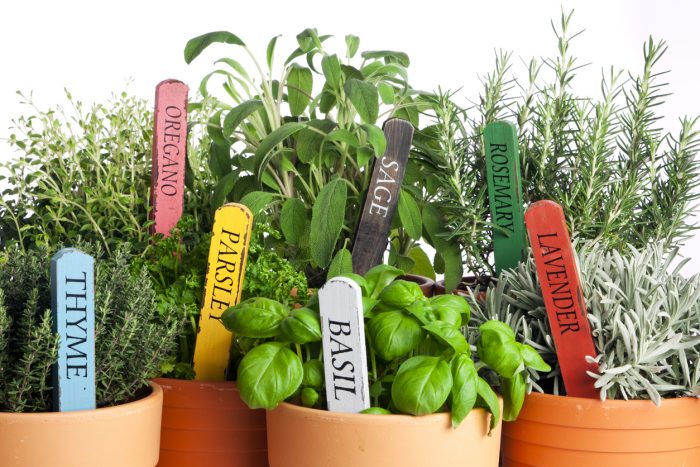Is there such a thing as a meal without fresh herbs? If there is, I’m sure it’s pretty tasteless. The job of these herbs is, of course, adding as much flavor as possible without overpowering the other ingredients in your meal. Here is a guide to fresh herbs to follow.
They’re a pretty great companion to salt since sodium isn’t to be used too much. Don’t drop the whole salt shaker in the pot! One of the best things about herbs is that you can easily grow them yourself – but it’s ok if you’re not there yet, or the climate is against this daring adventure. You can just as well buy them at the market.
Sure, it might be tempting to go for dried herbs, since they’re much easier to handle. But dried herbs lose some of their nutritional value and we know that you want to make the most of the things you eat. But this begs the question: how to take care of them until you use them? We have you covered with this guide to fresh herbs.

A guide to fresh herbs: 5 things to know
1. How to choose herbs
It’s really not that complicated, this one. They should always have a bright, green color and their leaves should feel crisp. Crushed leaves are a no-no, and bruised herbs should be avoided at all costs. Other than that, it doesn’t matter what kind of packaging or labels they have.
2. How to store fresh herbs
Once you get them home, this is where it gets a bit more complicated. Remove their ties or rubber band that is keeping the bunch of them together. They need to breathe. Find a glass or a vase, pour some water into it, and treat the herbs like you would do flowers. DOn’t add too much water, though.
Keep them away from direct sunlight, wherever you place the glass. You can keep them like this for 2-3 days on the counter, or one week in the refrigerator. Just pay attention to them: you might have to change the water.
Another thing you can do? Wrap them in a damp paper towel and keep them in the fridge in a plastic bag. But this only works for herbs with short stems.
3.When to wash fresh herbs
Too much moisture can be bad for these herbs of yours. So don’t wash them until you’re ready to cook with them. Rinse them under some cold water, or you can place them in a colander and rinse them until you’re sure they’re impurity-free. After that, let them dry off a little on a towel.

4. How to prep fresh herbs
You’ll need to use a sharp knife because you don’t want to bruise the leaves. Your goal is to cut the herbs as cleanly as possible. For basil and other leafy herbs, you can prep them by doing a chiffonade. It’s pretty straightforward and we have a guide for you here.
But how do you handle non-leafy herbs? What do you do with rosemary and dill, for instance? Cut off the stems (for the dill) and make a pile with the herbs. Then just move the knife over the pile to make the pieces smaller.
5. How to freeze herbs
If you want to save some fresh herbs for the long winter, then use an ice cube tray! Chop the herbs, add them to some olive oil, then pour the mixture into the ice cube tray slots. Then freeze. The best part about this is that you just have to take out an oily and herby ice cube and use it directly in the pan. Do this just before the cold season, though, because they keep for about 2-3 months in the freezer.






